Home > Auctions > 26 November - 1 December 2024
Ancient Art, Antiquities, Natural History & Coins
Acquired from Mr A.K. in 2012.
Private collection, Europe.
Acquired in the mid 1980s-1990s.
Private collection, Switzerland, thence by descent.
Private collection, since the late 1990s.
This lot has been checked against the Interpol Database of stolen works of art and is accompanied by a search certificate number no.12387-226694.
See Higgins, R.A., Greek and Roman Jewellery, London, 1961, pl.33, for a necklace with multiple pendants, pl.27, for similar applied rosettes; Williams, D. & Ogden, J., Greek Gold. Jewelry of the Classical World, New York, 1994, pp.116-117, pl.68, for an elaborate necklace with seed-like pendants; The Aidonia Treasure. Seals and Jewellery of the Aegean Late Bronze Age, Athens, 1996, pl.33, for the chain type.
From a private family collection formed since the early 19th century, thence by descent.
Property of a New Zealand legal professional.
Accompanied by an academic report by Dr Raffaele D’Amato.
This lot has been checked against the Interpol Database of stolen works of art and is accompanied by search certificate number no.12322-223716.
Cf. Marshall, F. M., Catalogue of the Finger Rings Greek, Etruscan and Roman in the Departments of Antiquities of the British Museum, London, 1968; Spier, J., Ancient Gems and Finger Rings, Malibu, 1992, figs.50, 112 (crouching warrior); Chadour, A.B., Rings. The Alice and Louis Koch Collection, volume I, Leeds, 1994, item 87, for type of ring; item 123, for the type of ring and the image of a crouching warrior; Boardman, J., Greek gems and finger rings, London, 2001, fig.213.
The scene possibly alludes to the incident in the Trojan Cycle where Achilles is wounded by an arrow in his heel, the only part of his body which was not impervious to injury.
with Arts d'Orient Archaeology, Paris, 7 June 2006, no. 556.
Ex Galerie Dominique Thirion, Brussels, Belgium.
From the private collection of Mr K.A.
From the collection of a gentleman, acquired on the London art market in the 1990s.
Cf. Marshall, F.H., Catalogue of the Jewellery, Greek, Etruscan and Roman, in the Department of Antiquities, British Museum, London, 1911, item 1706, for type.
Formerly with Lyon & Turnbull, UK.
Ex Surrey, UK, collection, 2000s.
Swiss private collection, 1987.
Private collection, London.
This lot has been checked against the Interpol Database of stolen works of art and is accompanied by a search certificate number no.12389-226870.
See Hellmuth, A., Da Esti A Ovest: Le Tombe Principesche degli Sciti, in Bonora, G.L. and Marzatico, F., Ori dei Cavalieri delle Steppe, Milan, 2007, p.175, pl.13.
Private collection formed in Europe in the 1980s.
Westminster collection, central London, UK.
Accompanied by an academic report by Dr Raffaele D’Amato.
This lot has been checked against the Interpol Database of stolen works of art and is accompanied by search certificate number no.12355-225025.
Cf. Marshall, F.H., Catalogue of the Jewellery, Greek, Etruscan and Roman, in the Department of Antiquities, British Museum, London, 1911, items 1166, 1228-1230, for type of jewellery with similar rosettes and filigree work; similar forms of rosette and filigree work in gold jewellery of the period in Despini, A., Greek Art. Ancient Gold Jewellery, Athens, 1996, e.g. pl.5, p.52 (earring with identical rosette); see also Castor, A.Q., ‘Archaic Greek Earrings: An interim survey’ in Archäologischer Anzeiger, 2008,1, pp.1-34.
The presence of stags on the ring is a clear reference to the cult of Artemis, the hunting goddess, whose favourite animal was the deer. A particular cult of Artemis was celebrated at Brauron, in Attica. According to some stories, this was the place where Iphigenia, daughter of Agamemnon, was sacrificed to the goddess after Agamemnon offended the goddess by killing one of her sacred stags.
Acquired on the London art market in the late 1980s-1990s.
From the family collection of an East London, UK, gentleman.
Cf. Ruseva-Slokoska, L., Roman Jewellery, Sofia, 1991, item 191, for type.
Acquired on the German art market, 1989-1995.
with The Museum Gallery, 19 Bury Place, London, WC1, UK, 1998-2003.
Property of a London based academic, 2003 to present.
This lot has been checked against the Interpol Database of stolen works of art and is accompanied by a search certificate number no.12390-226044.
Cf. Ruseva-Slokoska, L. Roman Jewellery, Sofia, 1991, item 208, for type.
From the private collection of Mr K.A., acquired in the 1990s-early 2000s.
Cf. Sena Chiesa, G., ‘Gemme romane in Italia Settentrionale. Collezioni, studi, rinvenimenti: una ricognizione’ in Pallas, 83, 2010, pp.223-243, figs.3,5,7-11,15, and pl.XIV,6.
Acquired in the mid 1980s-1990s.
Private collection, Switzerland, thence by descent.
Private collection, since the late 1990s.
Cf. Ruseva-Slokoska, L., Roman Jewellery, Sofia, 1991, item 192, for type.
61 - 72 of 3419 LOTS

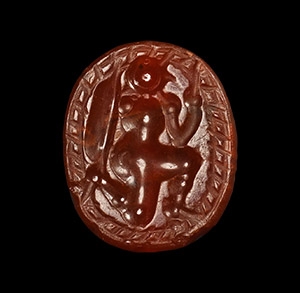
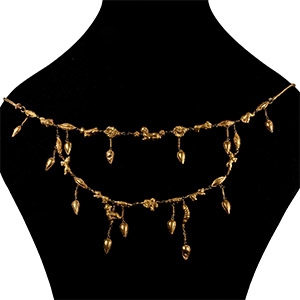
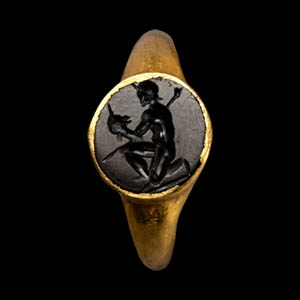
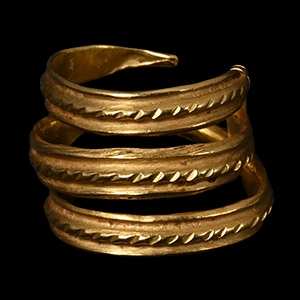
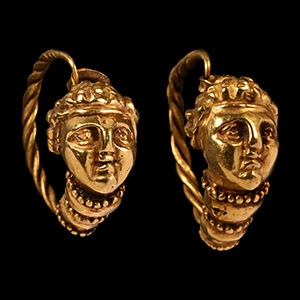
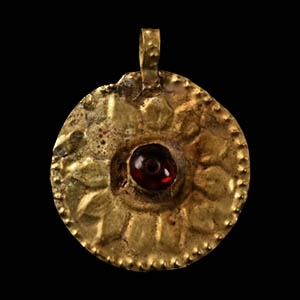
.jpg)
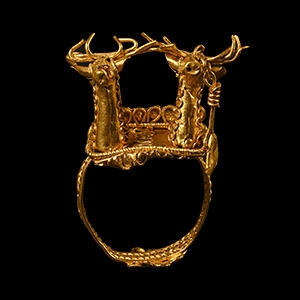
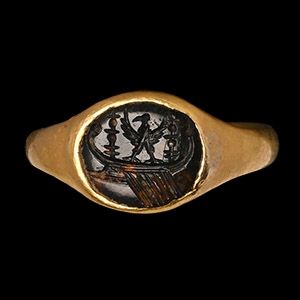
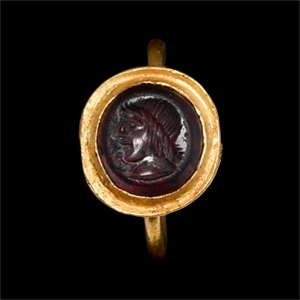

.jpg)



